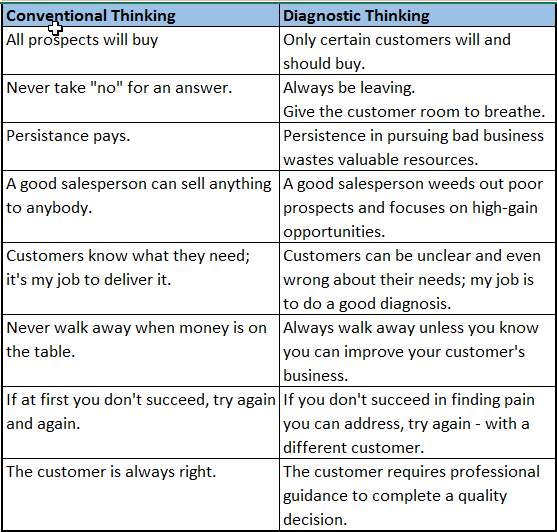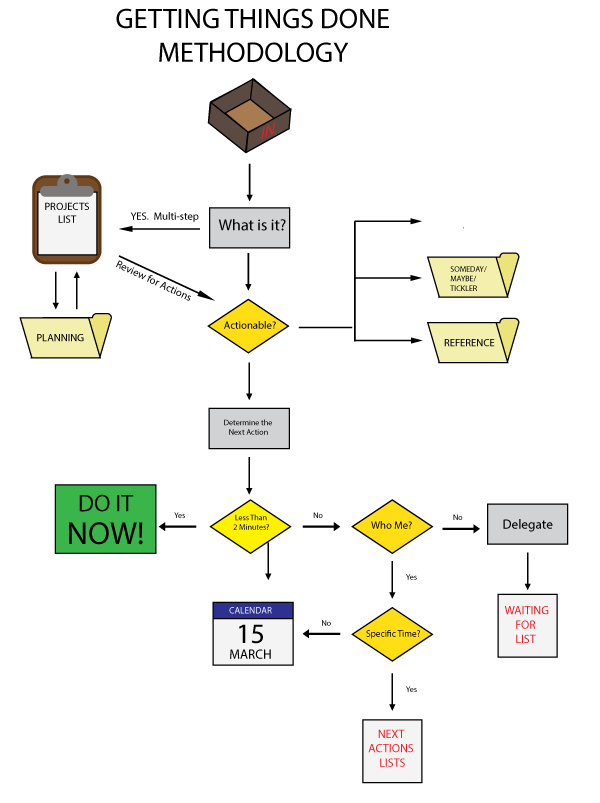Author: William N Thorndike Jr
Format: Audible / Kindle
Subject: Capital Allocation
Rating: 8/10
Summary:
The outsiders is an investigation into what makes a truly great CEO. The Outsiders is written about eight exceptional CEOs. These CEOs delivered returns that trounced the S&P500 over the long-term. These CEOs are in many ways the polar opposite of the household name CEOs we think of today. The book spends a significant time covering the importance of sound Capital Allocation strategies.
Useful Quotes:
- CEOs need to do two things well to be successful: run their operations efficiently and deploy the cash generated by those operations.
- There are two basic types of resources that any CEO needs to allocate: financial and human.
- Stiritz “disdained the false precision of detailed financial models” and instead focused on a handful of key variables: market growth, competition, potential operating improvements, and cash generation.
- These CEOs “used leverage selectively, bought back a lot of stock, minimized taxes, ran decentralized organizations, and focused on cash flow over reported net income.”
- Warren Buffett has proposed a simple test of capital allocation ability: has a CEO created at least a dollar of value for every dollar of retained earnings over the course of his tenure?
- Buffett believe the key to long term success is “temperament,” a willingness to be “fearful when others are greedy and greedy when they are fearful.”
- Buffett upon finally closing Berkshire’s textile business: “Should you find yourself in a chronically leaking boat, energy devoted to changing vessels is likely to be more productive than energy devoted to patching leaks.”
- “It is impossible to produce superior performance unless you do something different.” – John Templeton
- You are not wedded to a particular business or industry
Capital Allocation Tool Kit
- Raising Capital:
- Tap internal cash flow
- Issue debt
- Raise Equity
- Deploying:
- Invest in existing operations
- Acquire other businesses
- Pay down debt
- Issue dividends
- Repurchase stock



